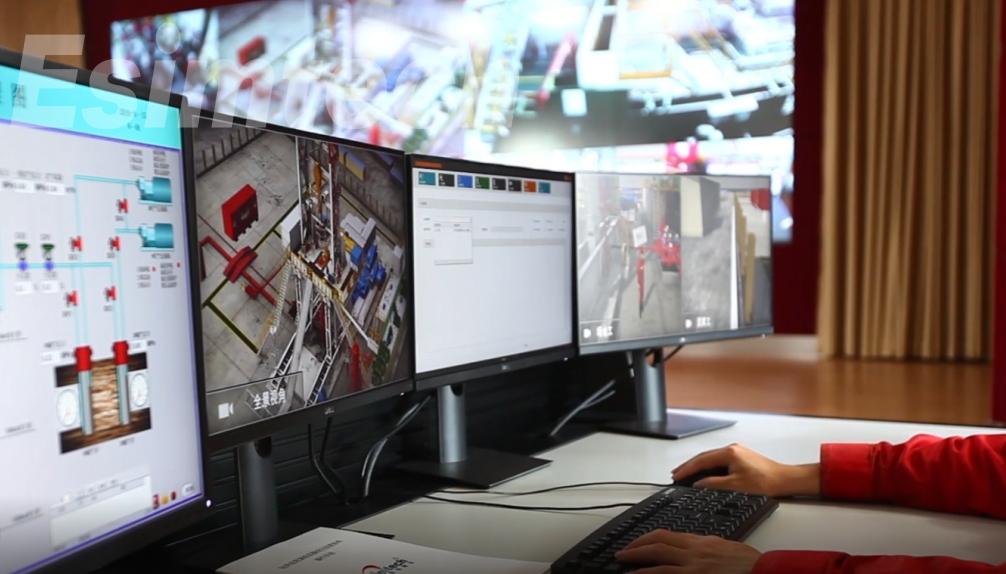Artificial Intelligence (AI) is transforming how the oil and gas industry prepares for emergencies. AI-powered drilling emergency simulation platforms leverage machine learning and real-time data analytics to create dynamic training environments that adapt to trainee performance. Unlike static drills, these platforms evolve, ensuring personnel are prepared for unpredictable real-world scenarios.
How AI Enhances Emergency Training
Adaptive Learning Scenarios
Traditional drills follow scripted sequences, but AI modifies scenarios based on trainee actions, increasing difficulty as competency improves.
Example: If a trainee correctly handles a gas leak, the AI might introduce a simultaneous equipment failure to test multitasking ability.
Predictive Risk Analysis
AI analyzes historical incident data to simulate the most probable emergencies specific to a rig’s location and operations.
This ensures training is relevant, focusing on high-risk scenarios like deepwater blowouts or hydrogen sulfide (H₂S) leaks.
Real-Time Feedback & Coaching
AI provides instant corrections, such as reminding a trainee to don a respirator during a toxic gas scenario.
Post-session analytics highlight recurring mistakes, allowing for personalized training plans.
Key Components of an AI-Driven Emergency Training Platform
Dynamic Scenario Engine: Adjusts variables (pressure, flow rates, weather) in real time for unpredictable training.
Natural Language Processing (NLP): Allows voice-activated commands, simulating real communication during crises.
Integration with IoT Sensors: Uses real rig data to create simulations based on actual equipment performance.
Case Study: AI Training Reducing Non-Productive Time (NPT)
An onshore drilling operator integrated an AI emergency simulator into its training program. Over a year, unplanned downtime due to human error dropped by 28%, and emergency response efficiency improved by 40%. The AI’s ability to simulate rare but catastrophic events proved invaluable in preparing crews.
Future Trends: AI and Digital Twins
The next frontier is combining AI with digital twin technology, where a virtual replica of a drilling rig updates in real time. Trainees can practice on a digital twin that mirrors live operations, bridging the gap between simulation and reality.
Conclusion
AI-powered emergency training platforms are setting a new standard for drilling safety. By offering adaptive, data-driven simulations, they ensure workers are better prepared for the unexpected. As AI continues to evolve, its role in preventing disasters and optimizing emergency response will only grow more critical.

